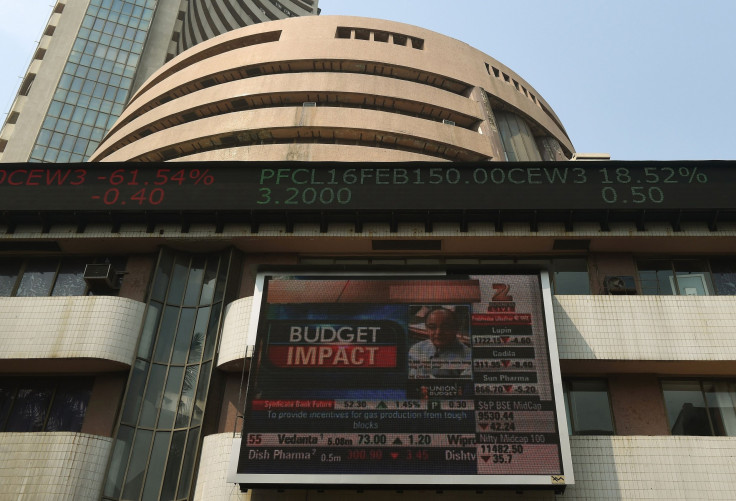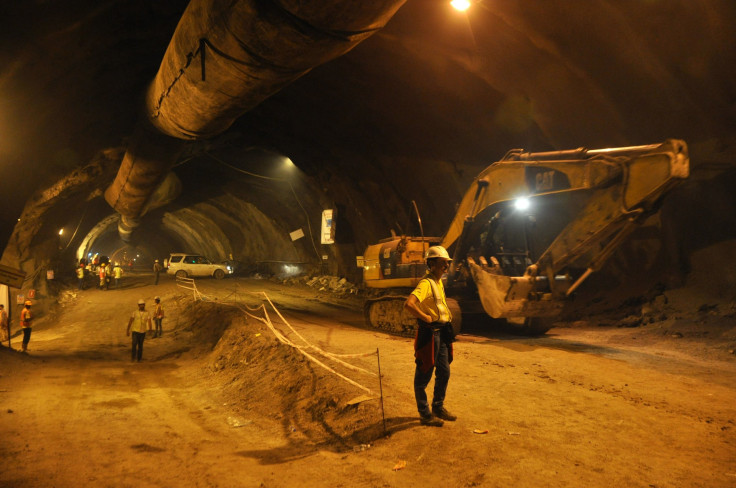India’s Annual Budget: Focus On Agriculture, Rural Economy, Infrastructure

With key state elections coming up later in the year, an image of being friendly to big business at the expense of welfare spending, and with severe droughts affecting large swathes of the country’s rural population, the Indian government announced the national budget Monday, allocating huge sums of money for the rural economy.
In his speech to the Parliament, India’s Finance Minister Arun Jaitley announced the allocation of almost 360 billion rupees (more than $5.25 billion) toward agriculture and farmers’ welfare. More than two-thirds of that money will go toward irrigation and sustainable management of water resources. Another 55 billion rupees (over $800 million) was allocated for a government crop insurance scheme.

A separate corpus of 150 billion rupees (almost $2.2 billion) was provisioned for subvention of interest on loans taken by farmers.
Pushing further its rural agenda, the Bharatiya Janata Party-led national government plans to grant 2.87 trillion rupees ($42 billion) to village-level governing bodies, and also allocated 385 billion rupees (about $5.62 billion) for the rural employment scheme, which had been launched by the previous Congress-led government. The BJP government had earlier hinted at wanting to scale down the landmark scheme but this budget’s allocation, if fully spent, would be the highest amount spent on the scheme since it was launched 10 years ago.
The finance minister said that all villages in the country will be electrified by May 1, 2018, and also announced setting aside 190 billion rupees (about $2.8 billion) for a rural road connectivity program that will connect 65,000 eligible habitations by 2019.

Another 780 billion rupees ($11.4 billion) would be invested in developing roads and highways in India during 2016-17, Jaitley announced. The total planned outlay for infrastructure during the year was over 2.21 trillion rupees (about $32.35 billion), which would include spending on nuclear power and revival of underused airports.
In good news for foreign companies, the government has allowed 100 percent foreign direct investment (FDI) in marketing of food products produced in India.
Amarjeet Singh, partner at KPMG India, said in an emailed note to International Business Times: “100 percent FDI allowed in marketing of food produced in India may be a way to partially open retail for foreign retailers, especially relating to fresh produce. However, fine print will need to be seen on how ‘marketing’ is defined.”
The government is also looking at FDI reforms in sectors such as insurance and stock exchanges.
Giving a boost to the government’s startup initiative, and putting its money where its mouth is, Jaitley also announced 100 percent waiver of taxes for three years for startups that set up between April 2016 and March 2019.
© Copyright IBTimes 2024. All rights reserved.











